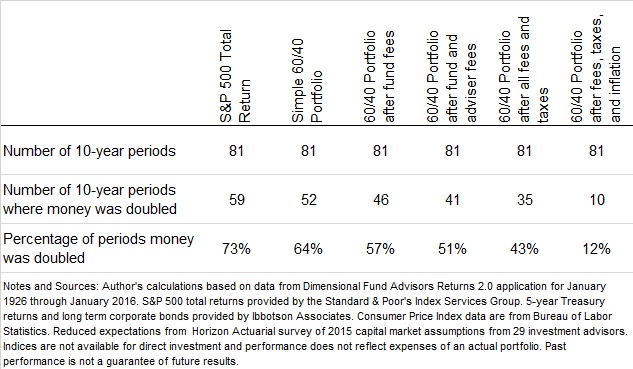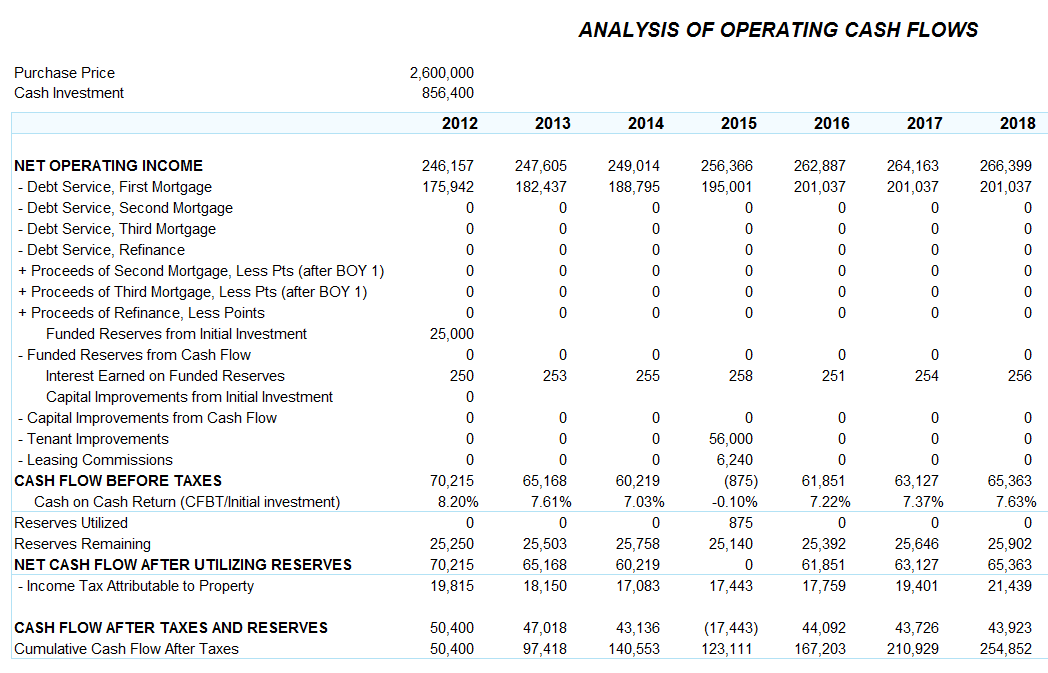Agricultural Marketing :: Marketing Channels


Horizontal conflict occurs between members of the same level in the channel. For example dealers indulging in conflict about geographical territory. A multichannel conflict occurs between two or more channels through which producer sells their products in the same market. Various measures of the price spread and for the computation of marketing costs and margins, and the procedures followed have been given in the paragraphs that follow.
- Integration is an attempt at organizing or co-ordinating the marketing processes to increase operational efficiency and acquire greater power over the selling and/or buying process.
- Whether a particular case of integration is advantageous to society or the individual can be judged by the motive with which it has been undertaken.
- Typically, the most important consideration whether to include a potential channel member is the cost at which he or she can perform the required functions at the needed level of service.
- Hence, an informed decision has to be taken about arriving at the right channel for one’s products or services, which brings us to the next decision in the channel design process.
Various marketing intermediaries are used in transferring the products from the hands of producers to the final consumers or industrial users. These marketing intermediaries carry alternate names such as wholesalers, distributors, retailers, franchised dealers, jobbers, authorised dealers and agents. These distribution channels minimize the gap between point of production and point of consumption, and thereby create place, time and possession utilities. In case of oblique distribution a manufacturer has again an choice to use a brief channel consisting of few intermediaries or contain a lot of middlemen to sell his/her goods.
Citing a real-life example, Venkataraman recalled, “We realised the current dynamics when in an export-bound grapes consignment, the reefer failed to manage the required temperature for the cargo. We wouldn’t have realised this, had it not been for the advanced technologies like Remote Control Management , which help us track the reefer environment. When the RCM alarm was raised, our team of experts at port checked the same and concluded that the container would have to be changed. It was taken back to our container freight station in Mumbai, destuffed with the help from our technical team and re-stuffed in another container well in time for the next vessel.
Again, the lots originating at small farms follow different route or channels from the one originating in large farms. For example, small farms usually sell their produce to village traders; it may or may not enter the main market. But large farms usually sell their produce in the main market, where it goes into the hands of wholesalers. The produce sold immediately after the harvest usually follows longer channel than the one sold in later months. The purpose of the present study is to acquire an in-depth knowledge of the attitude of the consumers especially in the urban areas and the key factors involved in dealing with certain kinds of perishable foods.
Factors Affecting Choice of Distribution Channels – Principles of Marketing – Notes | Study Principles of Marketing – B Com
‘Bending the customer according to the product.’ – This statement is related with selling concept. Manufacturers of low-cost products with a high frequency of use typically adopt this distribution approach. The company seeks to place their goods in as many sales locations as possible in extensive distribution. In this instance, the intermediary acts as a true adviser for the customer, answering questions and offering products that are suited for their needs. Selective distribution falls somewhere in the center of intensive and exclusive distribution.

If not, you may face logistics issues, leading to product delays, and ultimately, damaging your customer relationship. But one question arises–what to do when consumers want to return products to manufacturers? Well, consumers have to depend on the reverse distribution if they have received defective products or wish to return clothes, shoes, etc. purchased online .
What are the 4 channels of distribution?
The other three parts of the advertising combine are product, pricing, and promotion. Some examples of direct channels are peddling, brand retail shops, taking orders on the company’s website, etc. Direct channels are often utilized by producers promoting perishable goods, expensive items, and whose target market is geographically concentrated. Several items of the marketing costs are almost sticky, i.e., they do not move up and down with the movement in prices. The basic reason for sticky marketing costs is that many of the items in them are related to the physical volume handled rather than to the value of the product. For example, transport cost, labour cost, weighing cost, storage cost and octroi are charged on the basis of weight.
Feelings of favorability or unaffordability for a thing, a person, a problem or behavior can be represented by attitudes. Kotler is a marketing specialist who can describe attitude as a lasting general evaluation of a certain product or service along with forte of feelings like liking or disliking . When the consumers go through the experience they know about such attitudes in direct way or they can also know via receiving data regarding the object which is advertising.
Markets differ in the extent of integration and, therefore, there is a variation in their degree of efficiency. Prolongation of the shelf-life of perishable food products using biodegradable films and coatings. According to the respondents 75% of the consumers who buys perishable products are male. Transportation It is the means of carrying goods from manufacturers to consumers. It is important because unless the goods are physically made available, at various places the sale cannot be completed. 9.’Choice of an appropriate channel of distribution is a very important marketing decision, which depends on various factors’.
According to the data, 71 consumers have been contacted for filling the pre-designed questionnaire. This questionnaire has been designed in such a way where factors affecting the consumer buying behavior of perishable products can be identified. The two important characteristics of a company that affects the choice of the channel are its financial strength and the degree of control that the company wishes to hold on the intermediaries. Shorter channels require greater funds than longer channels and also offer greater control over the members of the channel .
INDIRECT LEVEL
Given the sensitive nature of the temperature controlled cargo, managing a refrigerated container is far more complex than a dry container. With regards to exports, a number of fresh fruits and vegetables are considered for the development of unit pack and bulk pack. The material used for bulk packages of these perishables need to withstand all kinds of hazards during transit. To maximise savings in distribution costs, pallet loads should be established as soon as possible in the distribution chain and remain unbroken as long as possible. In the case of sea transportation, the bulk pack of potatoes/onions are sent as containerised cargo either in refrigerated containers, ordinary general purpose containers with one door kept open for air circulation.
In the three degree channel, yet one more level is added to 2 degree channel within the form of brokers. This brokers scale back the gap between the manufacturers and wholesaler. This refers to the number of units which consumers can purchase on a single purchase transaction. In general for household purchases, consumer prefers a channel which allows to purchase a single unit. In business / organizational purchase, more units are purchased in a single occasion.
Vertical integration reduces the number of middlemen in the marketing channel. It is of two types, forward or backward, depending upon the stage at which the integration occurs. Kohls and Uhl have defined market integration as a process which refers to the expansion of firms by consolidating additional marketing functions and activities under a single management.
“Channels of distribution are different for different products”. Explain why it is so.
The quantity and position of distribution channel members determines the level of the distribution channel. In the direct channel method, the manufacturer directly promote the goods to the customers. The producer distribute their products primarily by setting up shops and internet selling. To adapt this method, the manufacturer has to recruit subject gross sales group and the gross sales representatives are liable for the sales.
Increase in the statutory marketing charges overtime by the government, which in some cases account for 12 to 18 per cent of the gross marketing margins. Three for perishable products a channel has to be used methods are generally used in the computation of marketing margins and costs. This aspect of the efficiency pertains to the cost of performing a function.
Which channel has to be used for perishable product A?
Direct channels are usually used by manufacturers selling perishable goods, expensive goods, and whose target audience is geographically concentrated.
Everything you should know in regards to the types of distribution channels. A producer might plan to promote his/her products either immediately or indirectly to the shoppers. A distribution channel is the path through which merchandise pass to get from the producer to the patron. Perishable items like fruits, vegetables and dairy products can’t afford to make use of longer channels as they could perish during their transit.
When a producer makes use of more than one advertising channel simultaneously to achieve the top person, he’s said to be utilizing the dual distribution strategy. The organizations should aim at minimum channel cost without affecting product availability. To the extent that marketing margins or costs are sticky, the farmers lose more when the retail price decreases.
When the product is perishable in nature a channel is advisable?
# Perishability : If the product is of perishable nature then shorter channel is preferred. However if product is of non perishable nature then longer channel is preferred.
In Rajasthan also, this scheme has been introduced in several district towns. Producer to government agency to processor to oil wholesaler to oil retailer to oil consumer. Age is segregated in Daily, Weekly, Twice a Week, Monthly and Twice a Month. It has been observed that majority of the respondents (25%) buy on a weekly basis followed by twice a week and monthly as 21% and daily consumption is only 14%. Our role comes into play after custom examination and security clearance of the cargo at the airport. Due to some reason, if something went wrong during procurement of the product or traffic jam and, the consignment does not reach the airport it becomes a big challenge because space is already booked in the aircraft.
Long channels—When the goods cannot be supplied directly to the consumers by the manufacturer, it is called long or indirect channel. Businessmen have to involve middlemen like agents, retailers and wholesalers in the channel of distribution. Light¬weight and small-size items like stationery, toothpaste, dress material, pocket calculators etc. are supplied through long channels. This is done because it is difficult to sell goods directly to customers when a producer produces goods on a large scale. As a result, middlemen enter the picture to ensure that goods are available to customers.
Which is the best channel for consuming perishable goods?
Perishable products like fruits, vegetables, and dairy products are best sold through short channels, while non-perishable products like toiletry products (e.g., soap, toothpaste, hair oil etc.), groceries (vegetable oil, tea leaf etc.), fabrics require longer channels to reach wide spread consumers.



Add Comment